
New York Central 4-4-0 No. 999 earned a place in history when it reached a speed of 112.5 mph while pulling the four-car Empire State Express between Batavia and Buffalo, N.Y., on May 10, 1893. This publicity shot, made after her world-famous run, clearly shows the locomotive’s uncommonly large 86-inch driving wheels. New York Central […]
Read More…
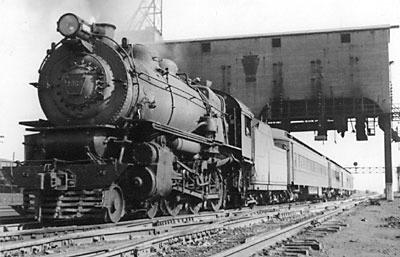
The Pennsylvania Railroad built 90 G5s class 4-6-0s between 1923 and 1925. Ten-Wheeler No. 1963 was photographed pulling away from the coaling dock at Fort Wayne, Ind., with a westbound passenger train in October 1947. J. R. Crosby The first Ten-Wheelers appeared in the late 1840s. They grew out of the need for a locomotive […]
Read More…
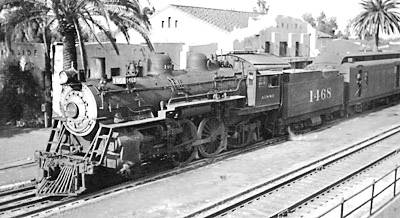
Santa Fe owned the largest fleet of Atlantics, and kept a handful in service until 1953. No. 1468, a 1909 Baldwin, was pinch-hitting for an ailing gas-electric car when it pulled up to the depot at Riverside, Calif., with a westbound train on January 14, 1941. Jack Whitmeyer In the 1890s there was a general […]
Read More…
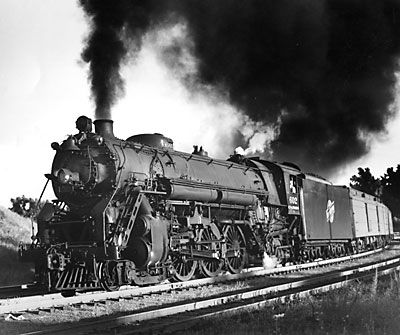
C&NW subsidiary Chicago, St. Paul, Minneapolis & Omaha owned the world’s heaviest and most powerful Pacifics. No. 602 – one of the road’s three giant 4-6-2s, built by Alco in 1930 – blasts through St. Paul, Minn., with train 514 on July 5, 1953. W. H. N. Rossiter The 4-6-2, or Pacific type, grew out […]
Read More…

Henry Dreyfus created the timeless design worn by the streamlined 4-6-4s that pulled the Twentieth Century Limited. New York Central rostered North America’s largest fleet of Hudsons. In this photo, one of the speedsters prepares to depart LaSalle St. Station in Chicago. W.C. Merle, II In the early 1920s, as passenger train lengths grew and […]
Read More…
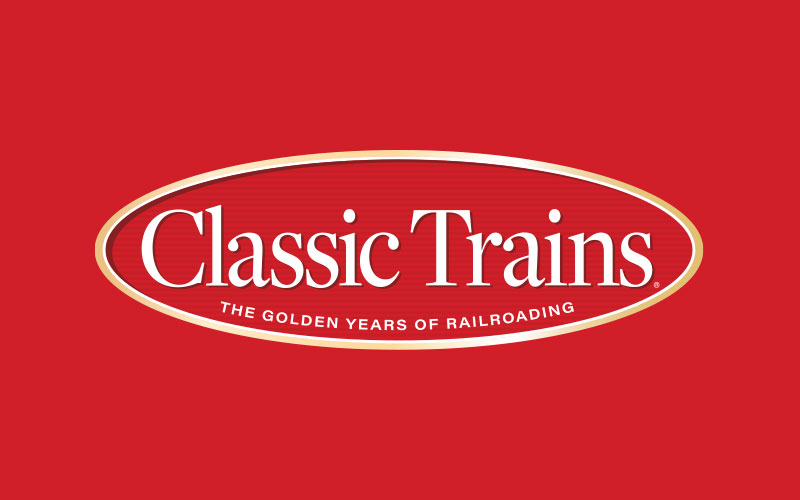
BY Neil Carlson The development of the 4-8-2 grew out of the need for a locomotive with greater power than the Pacific to handle heavy passenger trains in mountainous terrain. The first 4-8-2 in North America was built at Alco’s Richmond plant and delivered to the Chesapeake & Ohio in 1911. Chessie wanted an engine […]
Read More…
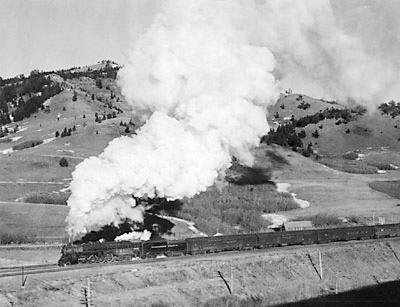
Northern Pacific 4-8-4 No. 2662 storms up the 1.8 percent grade at Muir, Mont., in 1947. Warren R. McGee With the general speed-up of passenger train schedules in the 1920s, the need arose for a more powerful version of the 4-8-2. Although it had adequate adhesion, the 4-8-2 lacked the raw horsepower to accelerate a […]
Read More…

Rayonier was one of several logging companies that operated articulated 2-6-6-2 locomotives. No. 120, an oil-burning 2-6-6-2 built in 1936, hauls a trainload of freshly cut lumber near Humptulips, Wash., on September 28, 1960. Philip C. Johnson collection In the 1890s, the Gotthard Railway in Switzerland operated the first Mallet locomotives. They were compound articulated […]
Read More…
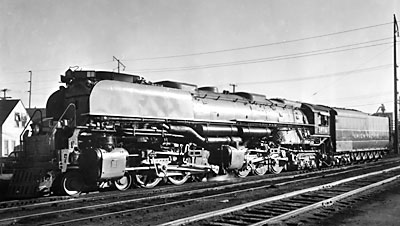
Better than most railroads, perhaps, the Union Pacific understood fast freight service. With an expansive network of lines spread across the western states, the railroad had to maintain fast schedules in order to remain competitive. Mindful of this, UP purchased the first heavy fast freight locomotives: unique three-cylinder 4-12-2s, built by Alco from 1926 to […]
Read More…
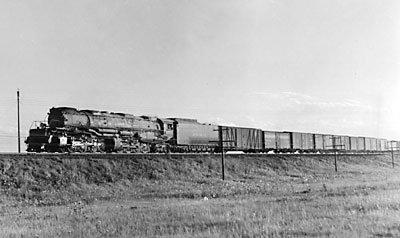
The proving ground for Union Pacific’s locomotives was a 75-mile portion of its busy main line between Ogden, Utah, and Evanston, Wyo. Eastward trains faced a climb through the Wasatch Mountains on grades of 1 percent or better. It was an expensive line to operate, particularly given UP’s practice of running big trains that typically […]
Read More…
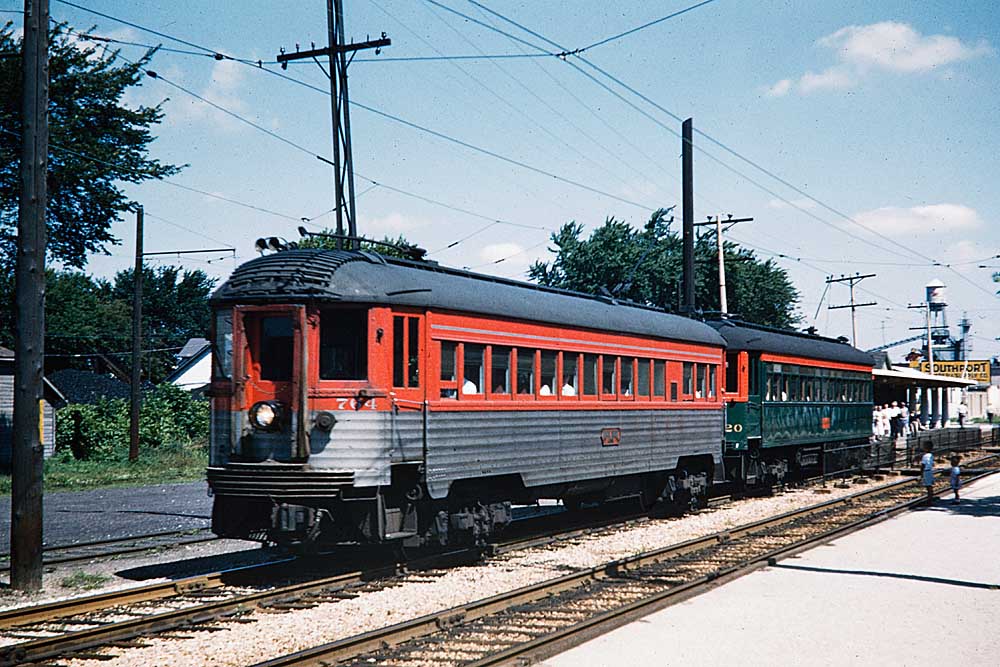
Interurbans Interurbans were electric railroads running between cities, often of lighter construction than “steam” railroads. They had their own rights of way through the countryside but usually ran in streets when in town, often sharing tracks with city streetcars. Trains consisted of one (sometimes more) cars. Passengers were their primary focus, though some lines came […]
Read More…
One enduring symbol of railroading’s past is the red-and-white diamond herald of the Railway Express Agency. Today one finds reminders of REA only at museums or old depots, but it once was a major element of the American scene – the FedEx of its day. Formation of the REA Express service is the prompt and […]
Read More…











